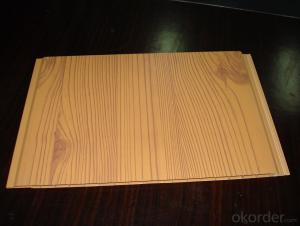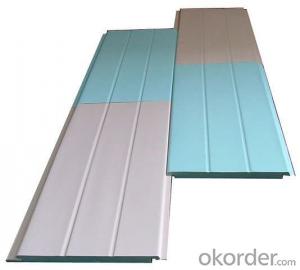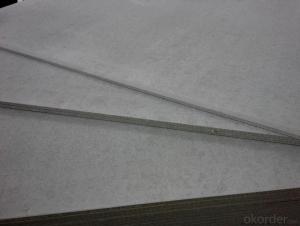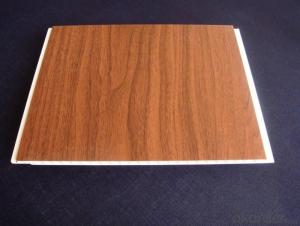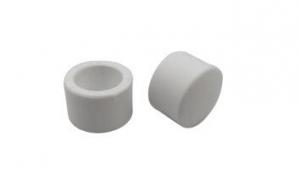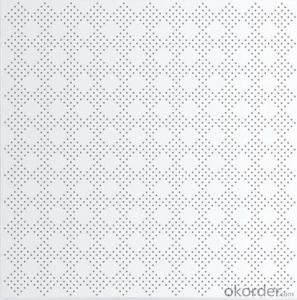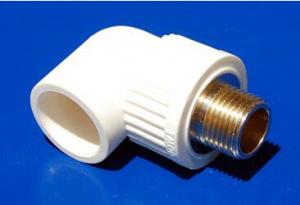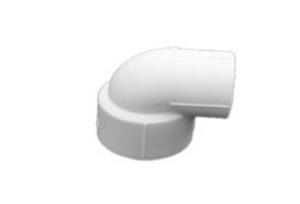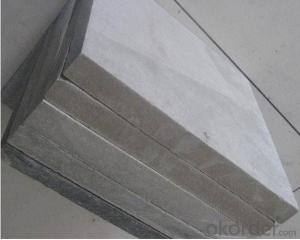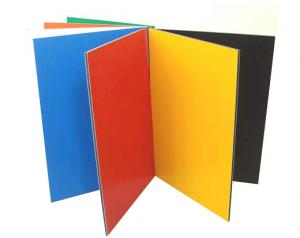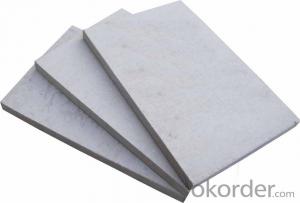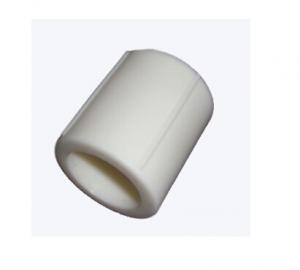Inverter With Solar Panel
Inverter With Solar Panel Related Searches
Shiny Or Dull Side Of Aluminum Foil For Cooking Inverter For 100w Solar Panel Solar Panel Inverter For Rv Pvc Tiles For Walls Wall Lights For Bedrooms Inverter Ac With Solar Panel Solar Panel With Inverter Kit Solar Panel Kits With Inverter Solar Panel With Inverter Direct Roving For PultrusionHot Searches
Used Sandwich Panel For Sale Pvc Chairs For Sale Tilt Panel Props For Sale Lightweight Scaffolding For Sale pvc pipe manufacturers in usa Sandwich Panel Price In India China Solar Panel Inverter Solar Inverter Panel Price China Pvc Geomembrane Sandwich Panel Manufacturers In Bangladesh Pvc Roofing Sheets Price India Pvc Roofing Sheets Price pvc resin price index Solar Panel Inverter Size Solar Panel Inverter Suppliers Q Cells Solar Panel Prices Tesla Solar Panel Inverter Honeycomb Sandwich Panel Suppliers Type Of Inverter For Solar Price Of Shipping Containers For SaleInverter With Solar Panel Supplier & Manufacturer from China
Okorder.com is a professional Inverter With Solar Panel supplier & manufacturer, offers integrated one-stop services including real-time quoting and online cargo tracking. We are funded by CNBM Group, a Fortune 500 enterprise and the largest Inverter With Solar Panel firm in China.Hot Products
FAQ
- Yes, a solar inverter can be used in regions with high levels of lightning activity. However, it is important to ensure that the solar inverter is properly installed and equipped with surge protection devices to mitigate the risks associated with lightning strikes. Additionally, regular maintenance and inspections should be carried out to ensure the safety and functionality of the solar inverter in such regions.
- Yes, a solar inverter can generally be used with different solar panel types as long as the electrical specifications of the panels are compatible with the inverter. However, it is important to ensure that the voltage, current, and power ratings of the panels are within the acceptable range for the specific inverter model to ensure optimal performance and safety.
- Yes, a solar inverter can be used with solar-powered desalination systems. Solar inverters are essential components in solar power systems as they convert the direct current (DC) electricity generated by solar panels into alternating current (AC) electricity that can be used to power various devices, including desalination systems. By connecting the solar panels to a solar inverter, the generated solar energy can be efficiently utilized to power the desalination system, making it a sustainable and environmentally friendly solution for producing fresh water.
- The role of a data logger in a solar inverter is to collect and store important data related to the performance and operation of the solar inverter system. It records various parameters such as energy production, voltage, current, temperature, and other relevant information. This data is then used for analysis, monitoring, and optimization of the solar energy system.
- To connect solar panels to a solar inverter, you need to follow a few steps. First, ensure that the solar panels are properly installed and positioned to receive maximum sunlight. Then, connect the positive and negative terminals of each solar panel in series or parallel, depending on the system design. Next, connect the positive and negative terminals of the solar panel array to the input terminals of the solar inverter. Finally, double-check all connections and wiring to ensure they are secure and tight.
- The role of ground fault protection in a solar inverter is to detect and mitigate any potential faults or abnormalities in the system's grounding. It ensures the safety of the system and personnel by quickly identifying and isolating ground faults, preventing electrical shock hazards and damage to the equipment.
- Yes, a solar inverter can be used with a solar-powered electric gate system. The solar inverter converts the direct current (DC) generated by the solar panels into alternating current (AC) that is required to power the electric gate system. This allows the solar energy captured by the solar panels to be utilized effectively in operating the electric gate system.
- Yes, a solar inverter can be used with solar-powered telecommunications systems. Solar inverters are devices that convert the direct current (DC) generated by solar panels into alternating current (AC) that can be used to power various electrical devices, including telecommunications systems. By using a solar inverter, the solar energy captured by the panels can be efficiently utilized to power the telecommunications equipment, making it a suitable and environmentally-friendly solution.
